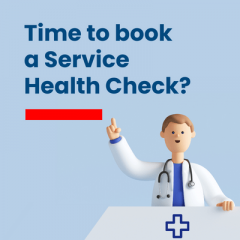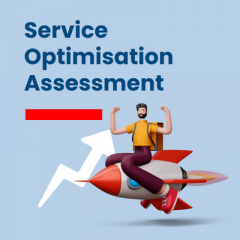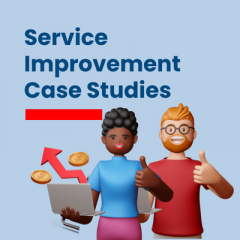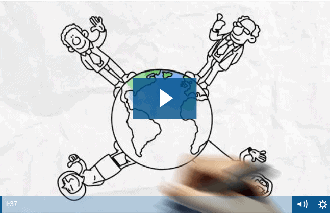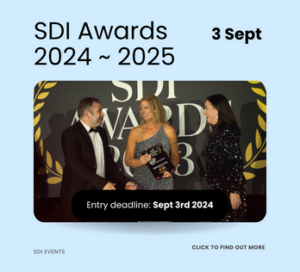
Defining and Dealing with the Unrealistic
By Scarlett Bayes
One of the perks of SDI membership is access to exclusive content and a new insight report every month, and in August, members were sent “Omni-Channel approach to Support”. We try to keep our content accessible for the majority of our customer base while also taking a futuristic look at what perhaps more mature desks are doing or what services desks could look like in the future. This report detailed a service environment whereby a customer could go from a chatbot, to a knowledge article, to self-service, or a similar path, seamlessly, with each element being integrated on the front and back end.
While this sounds ideal, when writing this report, I asked myself “can service desks relate to this?”. I found myself saying no, that perhaps a lot of service desks would consider this incredibly advanced and difficult to implement. Our data shows that the majority of service desks still spend most of their time day to day firefighting due to a heavy workload, and while an omnichannel approach to support could help reduce this, it would require a lot of time, money, and resources which many service desks, IT departments, or organisations may not have to spare.
However, if service desks are to survive and stay relevant as technology continues to develop and become more cognitive, and customer expectations continue to grow, it is important that organisations start taking steps to prepare for future changes and evolutions of the service desk. The point of this blog is to suggest some steps IT services can do in order to be better equipped to evolve alongside technology.
Step One – Start where you are
It’s important to look at your service from an outside perspective and consider its efficiency, how well it meets the business requirements, if customers have a good experience with it, and how well IT communicates with the rest of the organisation and vice versa. Is there anything you’re missing? Or any glaring changes that could be made to improve your service? Essentially, is there anything standing in the way of evolving? These could be the first things you need to change on your journey.
Step Two – Establish a why
This could be to transform the organisation to put it ahead of the competition, or to improve efficiencies to reduce waste and lower support costs. Having a reason to transform can also bring stakeholders together and focus efforts to work towards a single goal. However, if, for example, there is pressure to deliver drastic, unrealistic change, there may be issues surrounding the perception or expectations of IT, which could signify that the relationship with the wider business needs improving before transformation can begin.
Your organisation may also be influenced by “hype”, and the seeming omnipresence of a certain technology or topic, and want to implement changes to reflect this, without fully understanding the implications it could have on IT or the relevance to the business. In this instance, IT should work to educate key stakeholders on the abilities and limitations of IT, and potentially work towards a compromise.
Step Three – Define where you want to be
Thinking pragmatically but realistically, and considering your findings from step one, where could your organisation be in the next 2, 5, 10, 15 years? Where do you want it to be? Obviously, the further away you think, the harder it is to plan as there is no way of knowing what the norm will be then. If your
organisation has a strategy in place, this could be a good opportunity for IT to understand how they can help the business achieve their goals and align itself closer to the business strategy.
However, if you can decide on realistic goal posts, and get key stakeholder buy-in, you can begin to make the dream a reality. Furthermore, setting out longer term goals can help you work backwards to mark milestones, and performance indicators.
Step Four – Lay out a roadmap
This shouldn’t just be an A to B, it also needs to consider the steps needed to get to each milestone. This could be refining and reducing waste, making your service as efficient as it can be, and getting feedback from customers and key stakeholders. Adopt continual improvement methods and progress iteratively, in small increments; not only is this more manageable, but it also allows you to monitor the impact of changes better, and you can get more valuable, direct feedback about what’s working and what could be improved.
It’s also worth noting that your roadmap should be flexible – there’s no use sticking to a plan or strategy if it no longer makes sense for your organisation. Reviewing and discussing it every 6 months or so with key stakeholders could show the need to shift direction, which could ultimately be more beneficial to the organisation.






